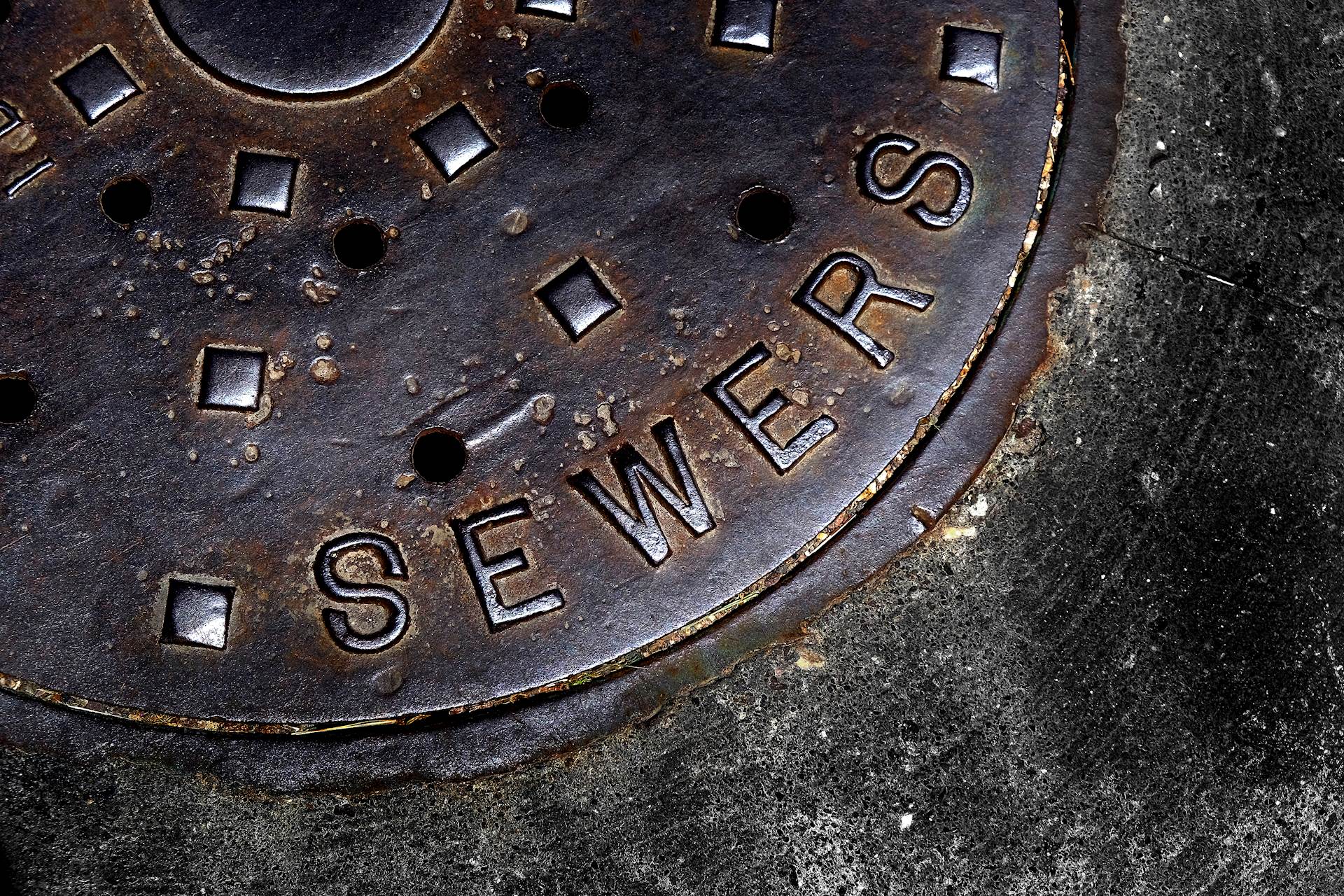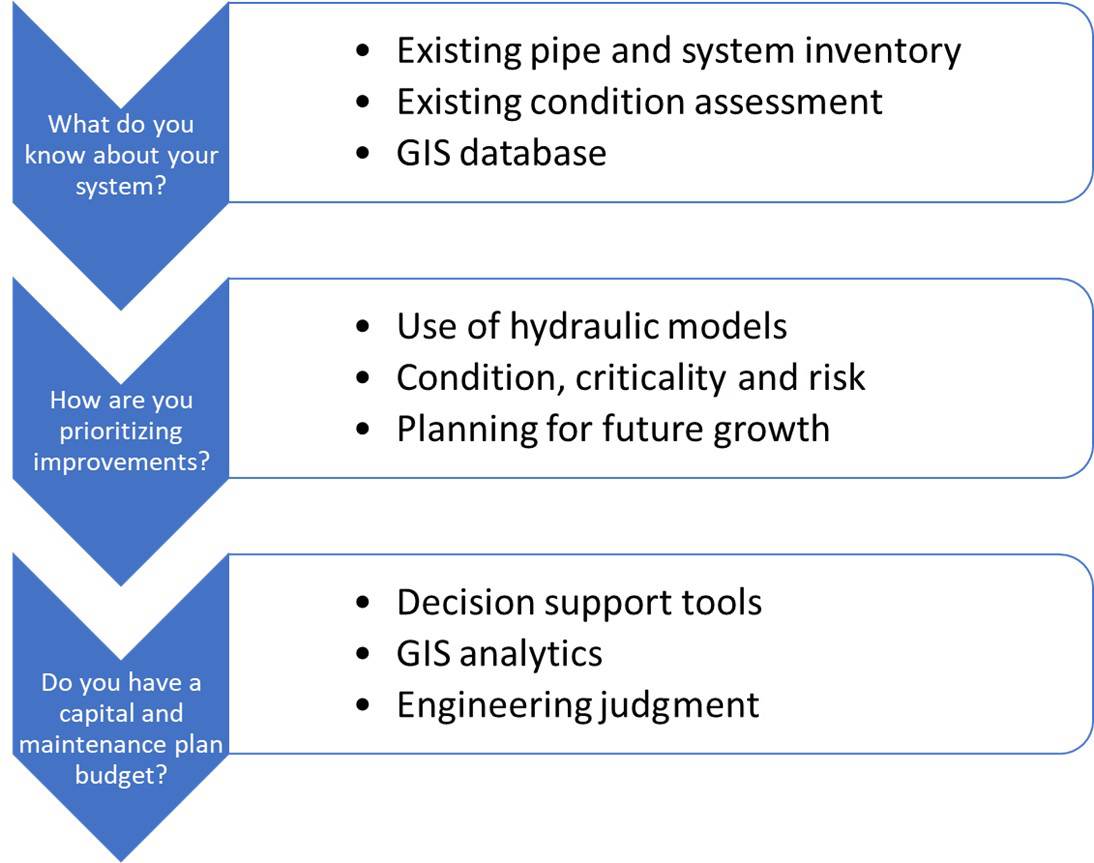
Stories of broken sewer mains dumping raw sewage into pristine waterways have become all too common in the Florida news. Protecting public health, water quality, recreation, fish and wildlife are critical to the economy. The management of wastewater and stormwater is essential to maintaining the aesthetic appeal of Florida waters. To address this, the state legislature passed House Bill 53 (HB 53), which adds requirements to Chapter 403 of the Florida Statutes (Florida Air and Water Pollution Control Act) and became effective July 1. The rest of this article contains summaries of parts of the bill.
Section 403.928 of Chapter 403 requires the Office of Economic and Demographic Research (EDR) to conduct annual assessments of Florida’s water resources and conservation lands. HB 53 adds the requirement that, beginning with the assessment due Jan. 1, 2022, the assessment will include an analysis of the expenditures necessary to repair, replace and expand water-related infrastructure. HB 53 also requires that, as part of the analysis, the office shall periodically survey public and private utilities.

So, to meet the requirements of HB 53, each county, municipality and special district must complete a 20-year needs analysis by June 30, 2022, and every five years thereafter. The needs analysis, one for wastewater and one for stormwater, must include:
- A detailed description of the facilities used to provide services.
- The number of current and projected connections (wastewater) and number of residents served in five-year increments.
- The service area for current and projected services.
- The cost of providing services (current and projected) in five-year increments.
- The estimated remaining useful life of each facility or its major components.
- The most recent five-year history of capital accounts for maintenance and expansion, including balances, expenditures and contributions.
- A plan to fund maintenance or expansion, including historical and estimated future revenues and expenditures.
Once the needs analysis is complete, the municipality or special district will submit the findings to the county. The county will compile all analyses into one document for wastewater and one for stormwater and include the county’s own analysis. Both documents must be submitted to the EDR by July 31, 2022, and every five years thereafter.
Data will be used by the EDR in developing the following year’s statewide analysis, due Jan. 1, 2023.
Hanson is in a strong position to assist with developing the newly required needs analysis. Creating the needs analysis starts with traditional engineering services like systemwide inventories, condition assessments and water resource modeling. Our partnership with DOT–US and its web-based capital planning software, DOT™ (Decision Optimization Technology), uses your geographic information system (GIS) data from these traditional engineering activities to help build actionable and optimized 20-year capital plans for the wastewater and stormwater systems you manage. DOT™ performs risk-based analysis based on asset criticality and the likelihood of failure, environmental and surface water impacts and the difficulty of access and repairs. Your decisions become proactive, based on in-depth civil engineering principles and advanced mathematical optimization processes that weigh operational and socioeconomic requirements to produce effective long-term plans. This package of services helps meet the HB 53 requirements by reporting existing conditions, evaluating risks and determining the future water infrastructure needs created by population growth.
Talk to Brian Wozniak about the new requirements and how Hanson can assist you at bwozniak@hanson-inc.com.